
Selecting the appropriate gear reducer for a specific application is a critical process that requires careful consideration of various factors to ensure optimal performance and longevity. The selection process involves several steps and reference standards to guide engineers in making informed decisions. This article outlines the Processing and standards for gear reducer selection.
1. Define Application Requirements The first step in selecting a gear reducer is to clearly define the requirements of the application. This includes understanding the mechanical system's purpose, the operating conditions, and the desired output speed and torque. Consider factors such as the environment (e.g., temperature, humidity, and potential exposure to corrosive substances), the frequency of operation (intermittent or continuous), and any specific industry standards that must be adhered to.
2. Determine Input and Output Parameters Next, gather data on the input power and speed from the connected motor or engine, as well as the required output speed and torque at the driven equipment. This information is crucial for calculating the necessary gear ratio and selecting a reducer with the appropriate capacity.
3. Calculate Gear Ratio The gear ratio is the relationship between the input and output speeds of the gear reducer. It can be calculated using the formula: Gear Ratio = Input Speed / Output Speed. This ratio will help you determine the type of gears and the configuration needed to achieve the desired speed reduction.
4. Evaluate Torque Requirements Torque is a critical parameter in gear reducer selection. The output torque of the reducer must be greater than or equal to the load torque to ensure the system operates effectively. Use the formula: Torque Output = Torque Input / Gear Ratio. Consider safety factors and potential load fluctuations when determining the required torque.
5. Choose the Right Type of Reducer There are various types of gear reducers, such as helical, worm, planetary, and bevel gear reducers, each with its advantages and limitations. Select a type based on factors like the required speed and torque, space constraints, the environment, and maintenance requirements.
6. Consider Efficiency and Service Factor Efficiency refers to the percentage of input power that is converted into useful output power. Higher efficiency reducers may operate at lower temperatures and have a longer service life. Service factor is an allowance for conditions more severe than the reducer's rated capacity. Both efficiency and service factor should be considered when selecting a gear reducer to ensure it can handle the application's demands.
7. Review Mounting and Coupling Options The mounting configuration of the gear reducer must be compatible with the existing machinery. Review the available mounting options and coupling types to ensure a secure and efficient connection between the reducer and the motor or driven equipment.
8. Consult Manufacturers' Data and Standards Manufacturers provide detailed data on their gear reducers, including dimensions, load capacities, operating speeds, and efficiency ratings. Standards such as ISO, AGMA (American Gear Manufacturers Association), and DIN (German Industrial Norm) provide guidelines for gear reducer design, testing, and performance. Consult these resources to ensure that the selected reducer meets or exceeds the necessary specifications.
9. Perform a Life Cycle Cost Analysis Consider not only the initial cost of the gear reducer but also the total cost of ownership, including installation, maintenance, repair, and replacement costs over the reducer's expected life cycle. This analysis will help identify the most cost-effective option in the long run.
10. Verify Selection with a Proof Test Before finalizing the selection, it is advisable to perform a proof test. This involves testing a sample of the chosen gear reducer under simulated operating conditions to verify its performance, reliability, and durability.
In conclusion, the process of selecting a gear reducer is comprehensive and requires a systematic approach. By carefully considering the application requirements, calculating the necessary parameters, and consulting manufacturers' data and industry standards, engineers can select a gear reducer that will provide reliable and efficient performance for their specific application.
 English
English Deutsch
Deutsch Русский
Русский Español
Español
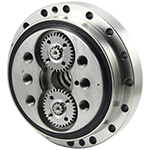
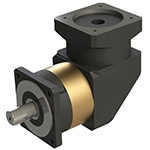
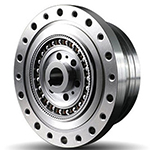
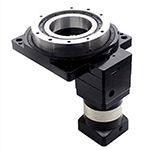
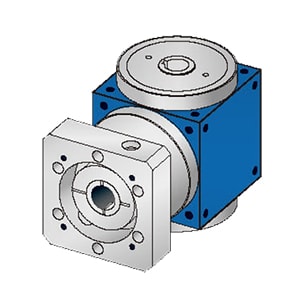
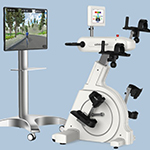

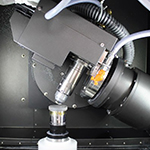
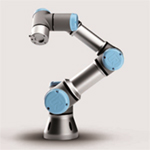
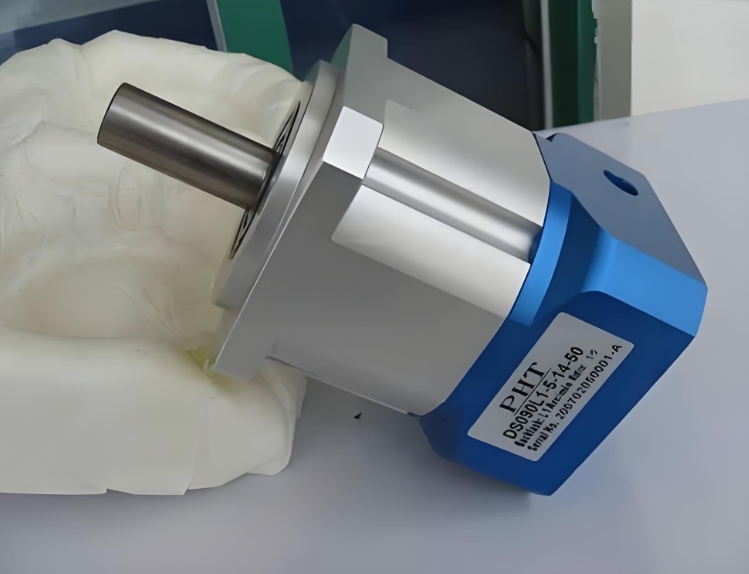
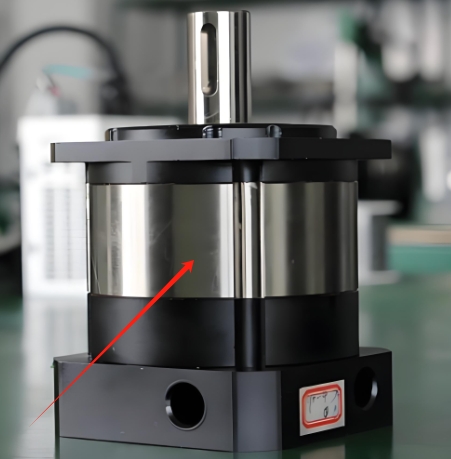
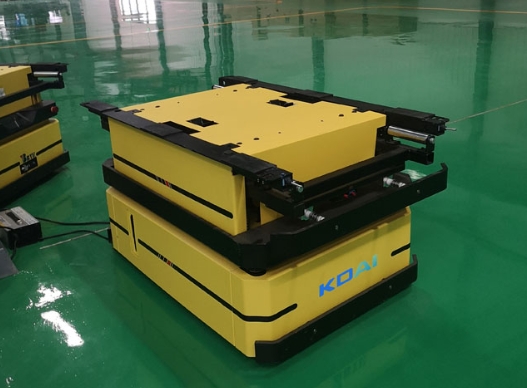
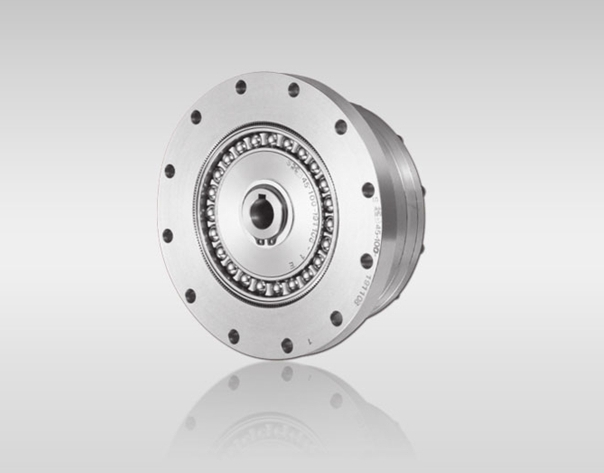
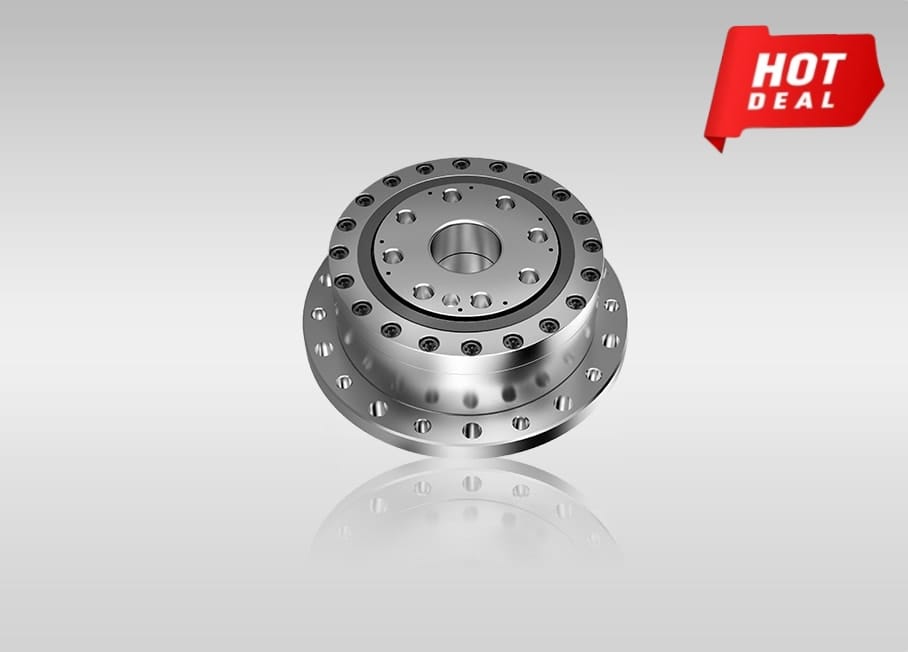
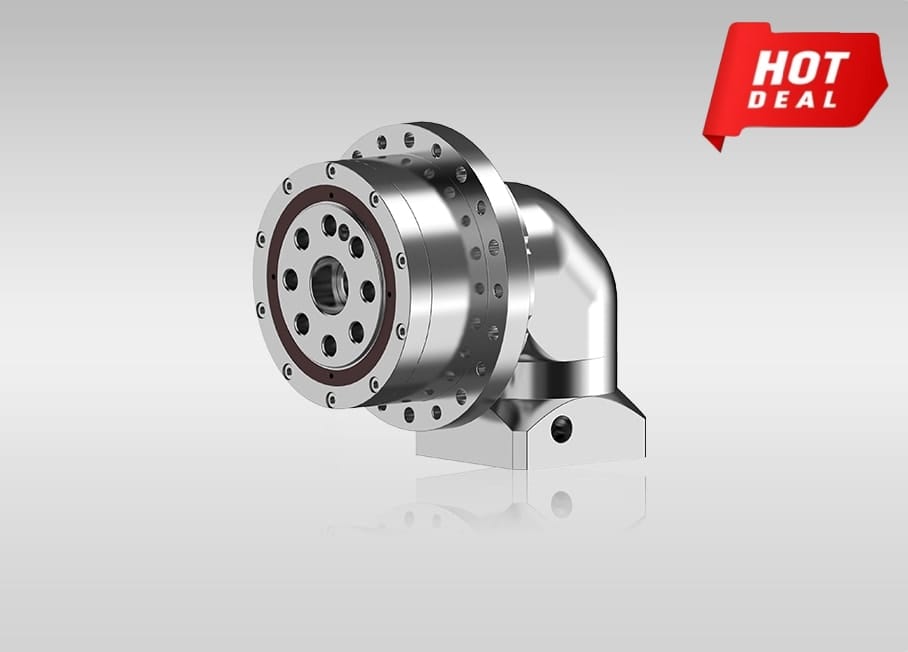
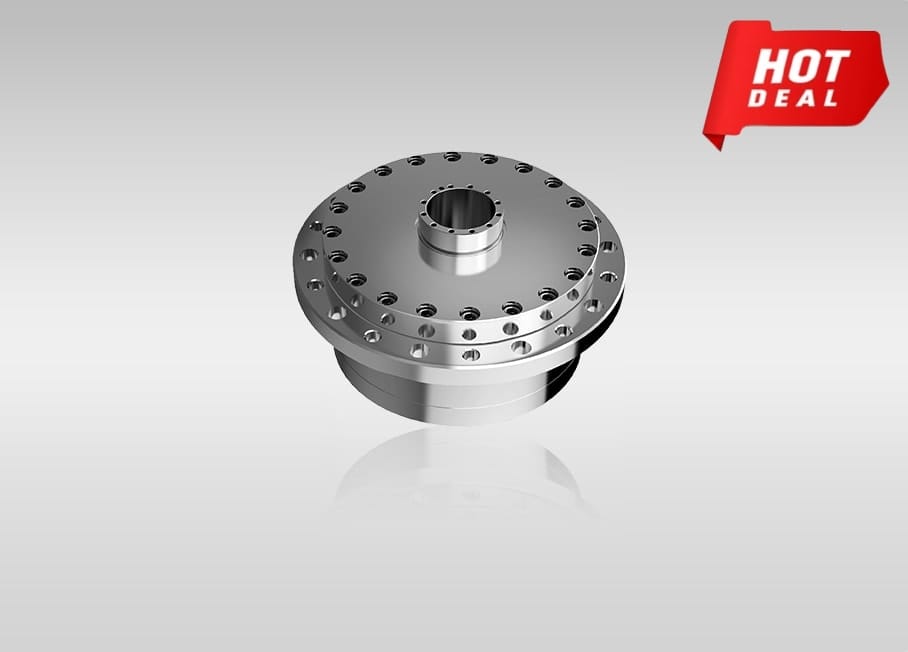
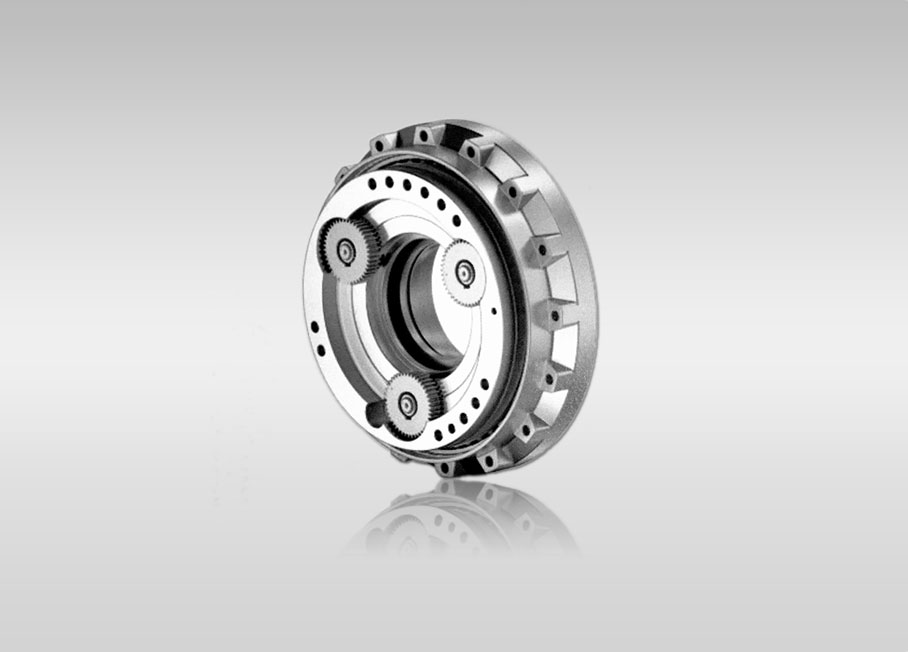
Quote Now